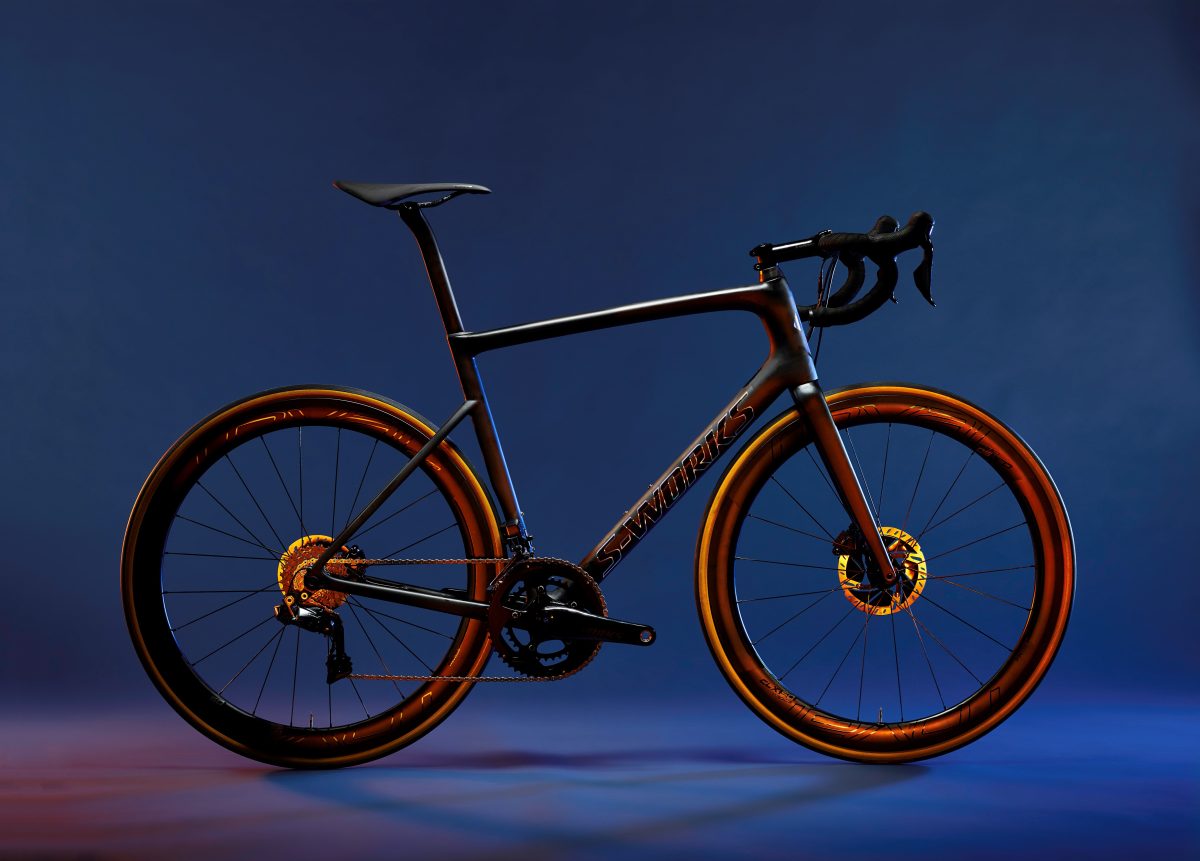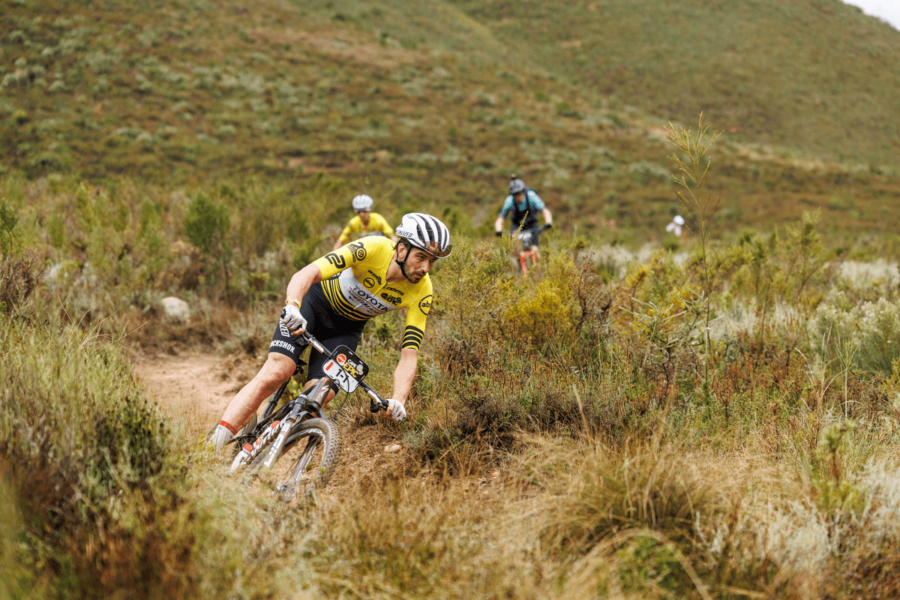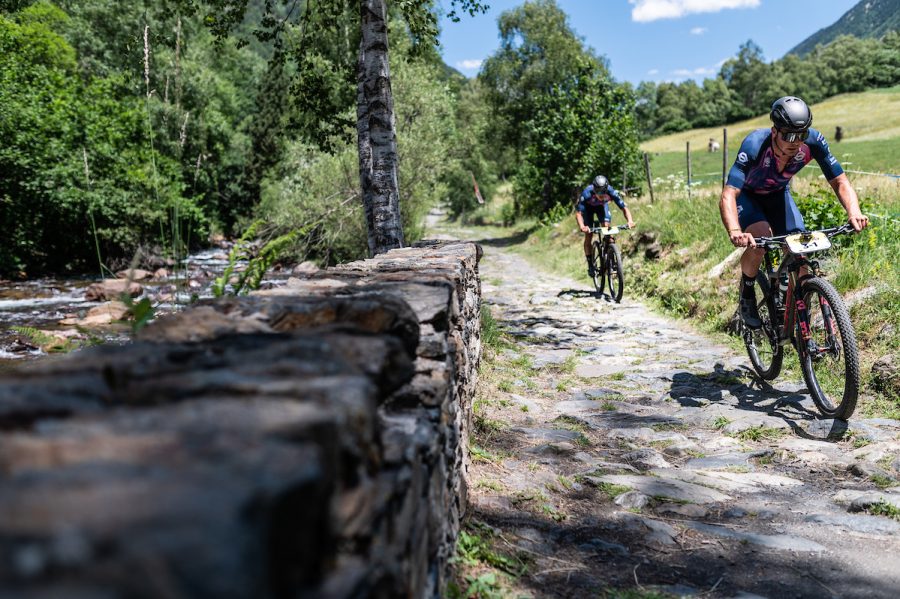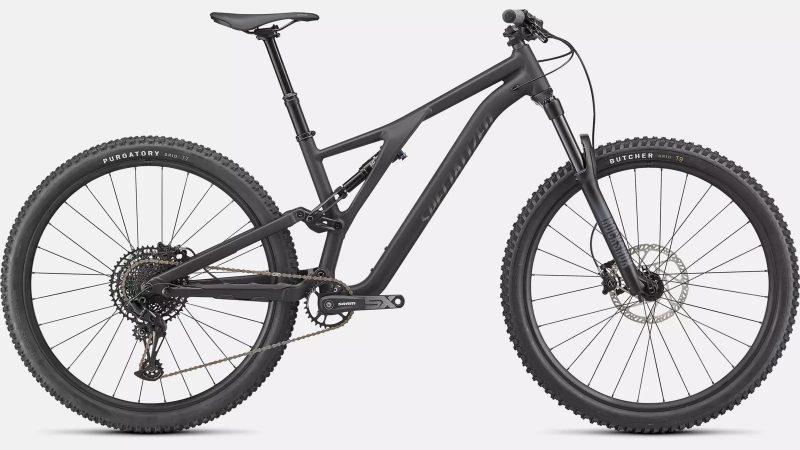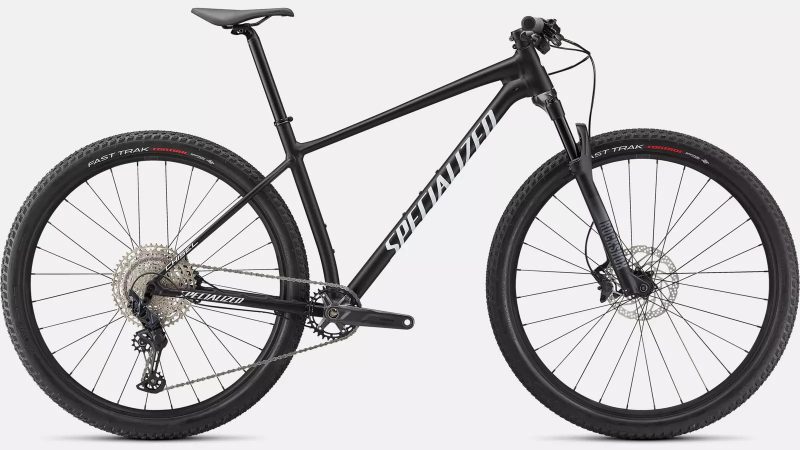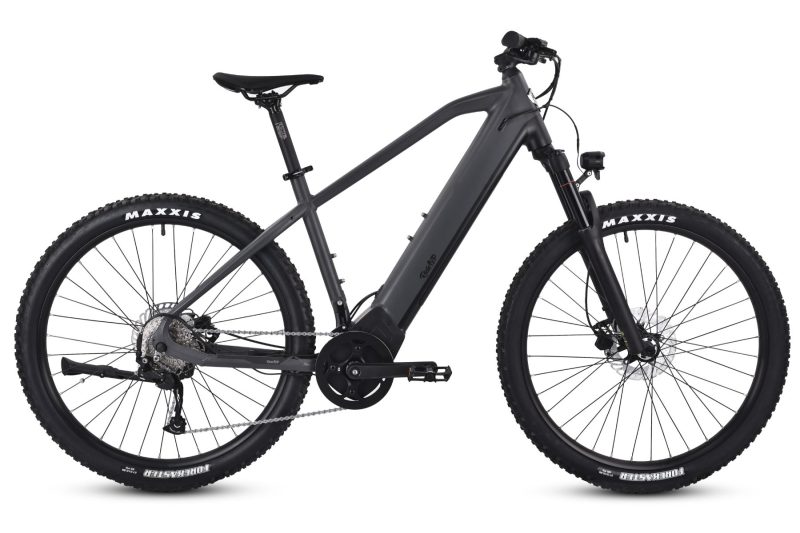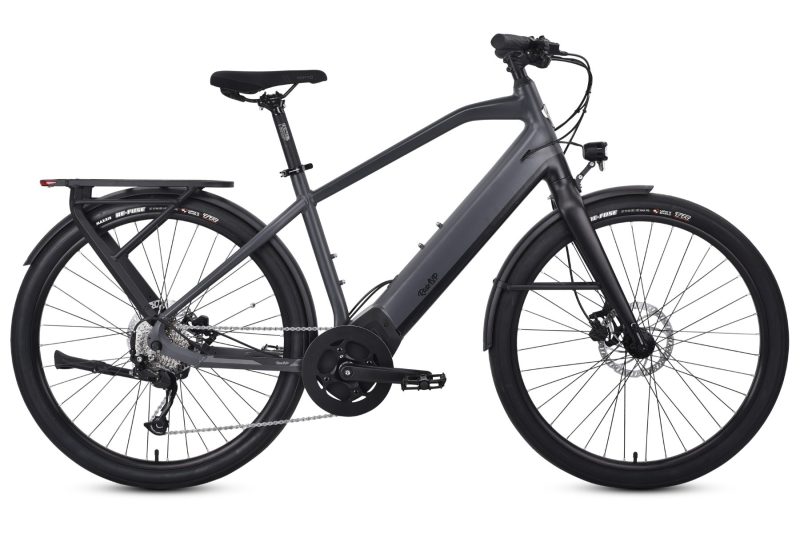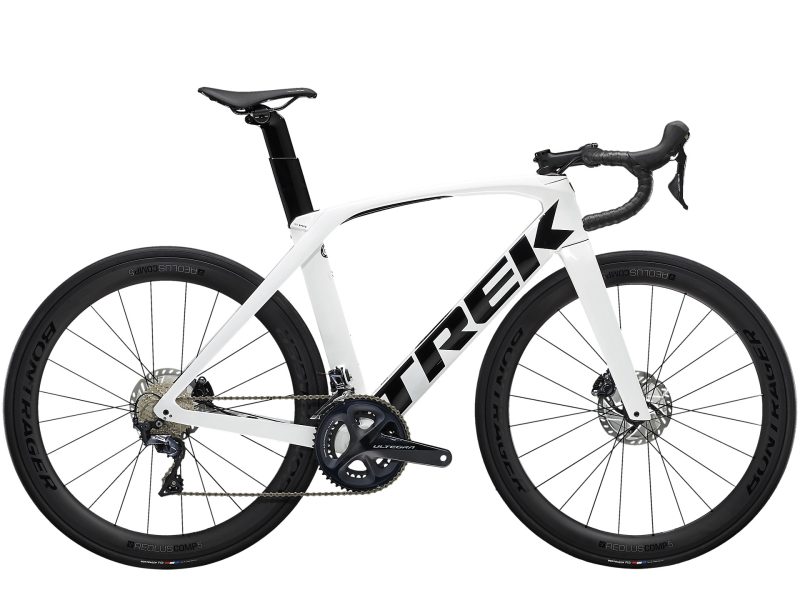If you want to go fast, like go fast everywhere, this is the bike. This is the bike that’s made for everything from Grand Tours to your local fondo, and with a ground-up redesign, a heavy dose of aero wizardry, and of course, disc brakes, our “most complete race bike” is, well, even more complete.
Rider-First Engineered™
Seven different sizes with the same tuned ride. The only way to do this is to obsess over every carbon ply and arrangement. It isn’t the kind of glamorous work that lands you on the cover of magazines. Nope. It’s scientists scrutinizing every thickness and shape, having heated arguments over stiffness targets and handling prowess like we have our own model UN, but you’d never notice that when you’re riding a Tarmac. You’ll just feel like you’re riding the perfect bike.
A Bike in 500 Pieces
We added 200 more pieces to this carbon layup. Why? We asked ourselves that same question after our fifth cup of coffee one night, but the answer is easy. You. The last Tarmac’s layup was the complex we’d ever created, but the added complexity found here has given us more opportunities to shave grams and tune the ride. You deserve the best ride in the world, after all, and it’s our job to go to ridiculous lengths to give it to you.
No One Else Would Go to This Length
We literally examine every ply of carbon on every single frame size we make to ensure that all of our performance targets come through on the finished product. The process is absurdly detailed, because what works on a 49cm doesn’t work on a 61cm. So, to make sure you get the perfect ride, every frame gets a unique layup schedule with different ply arrangements, orientations, quantities of material in specific areas, and sometimes, even exclusive thicknesses and types of carbon itself.
Below, you’ll find just a few of these places where this dark magic is applied:
Seat Tube Materials
When you think of the seat tubes of a 49 and 61cm Tarmac, there’s a size difference, sure, but you probably don’t know that different materials were used to make them. And actually, this is true throughout the size range. For example, the ply that reaches from the bottom bracket to the top tube on a 61cm uses a thicker, stiffer carbon fiber than what’s used on, say, a 49 or 56cm frame. This ensures that both big and small riders will feel just the right amount of seat tube deflection, which’ll save your back and posterior on long, hard days in the saddle.
Bottom Bracket Stiffness
You know that instantaneous acceleration you get from a Tarmac? One of the main contributors is bottom bracket stiffness. Everyone talks about it, but most don’t realize that bottom bracket stiffness values aren’t linear throughout sizes. Say what? Well, a 61cm needs more material to meet the same stiffness standards as, say, a 49cm. And for this reason, we added three-times the amount of extra-long pitch fibers to specific areas of the bottom bracket in order to reinforce the larger sizes. This is where that race-winning Tarmac “snap” comes from—no matter the size.
Head Tubes & Handling
While bottom bracket stiffness may be the key to power transfer, head tube stiffness is paramount to the Tarmac’s perfectly precise handling. Railing corners, navigating through the peloton, dodging last-minute potholes—yeah, that’s all head tube stiffness, which is why we put such an emphasis on nailing it. Due to the nature of physics, larger bikes and their longer tubes need more stiffness to meet the same standards as their smaller counterparts. So, with the Tarmac, we determined that by adding plies in different orientations, and in precise locations, we could get the same “corners on rails” feeling throughout the entire size range.
Aero is Everything
40 Kilometers, 45 Seconds Faster
Aerodynamics is the most important thing we can do to make you faster, and we spent half a year adding it wherever we could. If we found that more aero meant less of that golden Tarmac feeling, we cut it. Now, you get the best of both worlds—the Tarmac we always wanted to build, that just so happens to be as aero as the first Venge.
Aero Theory
The aero development of the Tarmac took place over a six-month iterative process, but the knowledge of over six years, plus the data of countless aero projects, real world testing, and computation fluid dynamics, were all pulled for the Tarmac’s development. In the end, three areas were discovered where we could add aero for free—a new fork shape, dropped seatstays with aero tubes, and a D-shaped seatpost and seat tube. The result? A bike that’s approximately 45 seconds faster over 40 kilometers compared to other lightweight bikes in the same weight category.
A Tarmac as Aero as the First Venge
That’s One Slippery Fork
Your fork is the first part of the frame to embrace the wind—we made sure it’s slippery. This meant having to make aero-tuned fork blades in three different sizes, with each being individually tuned with a truncated airfoil. So yeah, you’ll notice different sizes with the naked eye, but they all minimize the frontal profile as much as possible; especially when you take the smaller crown height into account.
The Down Tube
If you’re talking responsiveness, there’s a good chance you’re talking down tubes. It’s one of the key contributors to the Tarmac’s precise handling, after all, but the dance between aero optimization and handling is a delicate one—but one that we’ve mastered. Take a look and you’ll notice that we’ve created a lengthy transition from the leading edge of the down tube to a relatively flat backend. This shape cuts through the wind while shielding the bottles from airflow, so you get big aero benefits without sacrificing a thing to handling or stiffness.
Not All Seat Tubes are Created Equal
You won’t sacrifice comfort, we won’t sacrifice aero. Now, that’s our kind of stalemate. Lucky for both of us, we both win on this one with a new D-shaped truncated airfoil seatpost. This new design performs better aerodynamically and feels awesome. There’s some engineered flex at work here, with a progressive carbon layup that gets stiffer as you head down the tube. This means that you get flex and strength exactly in the places where you want it, so you get a blend of smoothness and aerodynamics that was previously impossible.
Let’s Drop It
Just because we’re in the business of hiding from the wind doesn’t mean we’re cowards. It means we’re smart. We learned years ago with the Shiv TT that dropped seatstays hide the tube from the wind with no cost to stiffness, compliance, or responsiveness. Since then, we’ve pretty much done it to every road bike we make, and now you can find it here on the Tarmac. In the “biz,” we call this a no-brainer.
Aero is Still Everything
If our name wasn’t Specialized, we’d be comfortable hanging our hat on the Tarmac as our only aero offering. Good thing our engineers get free coffee.
- All the Stopping Power
- Disc Brakes
Options—we want you to have them. That’s why we’ve made a rim brake Tarmac and a disc version. No matter your preference, we have you covered. And better yet, the two versions are evenly matched on aero performance, speed, and handling, so your choice is really left to what you like and not what you’re willing to sacrifice.
- The Lightest & Most Accurate
The New S-Works Power Cranks
No matter your skill level or experience on the bike, there’s no better way to enhance your training and racing performance than by riding with a power meter. Lucky for you, we’ve combined our incredibly light and stiff, carbon fiber S-Works road cranks with dual-sided power measurement. It’s the lightest (440g/172.5mm) and most accurate power meter available, and it’s exclusive to the S-Works Tarmac. The strain gauges housed in each pod not only measure the total power you’re producing, but also tell you exactly how much power you’re putting out with each leg. Along with independent leg metrics, it also gives you onboard temperature compensation for the most accurate readings in any situation (+/-1%).
Source: Specialized Bicycles SA
Images: Supplied

